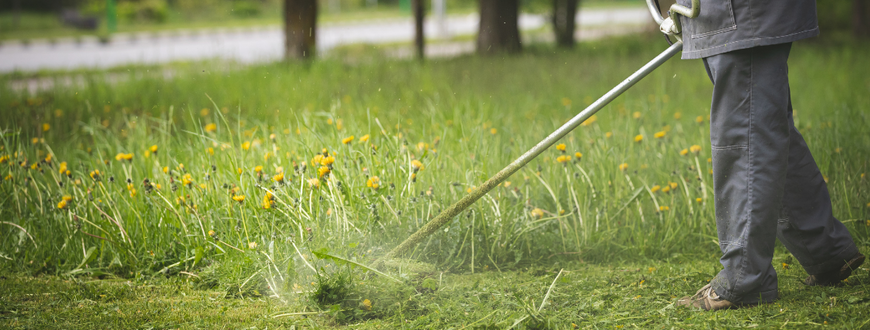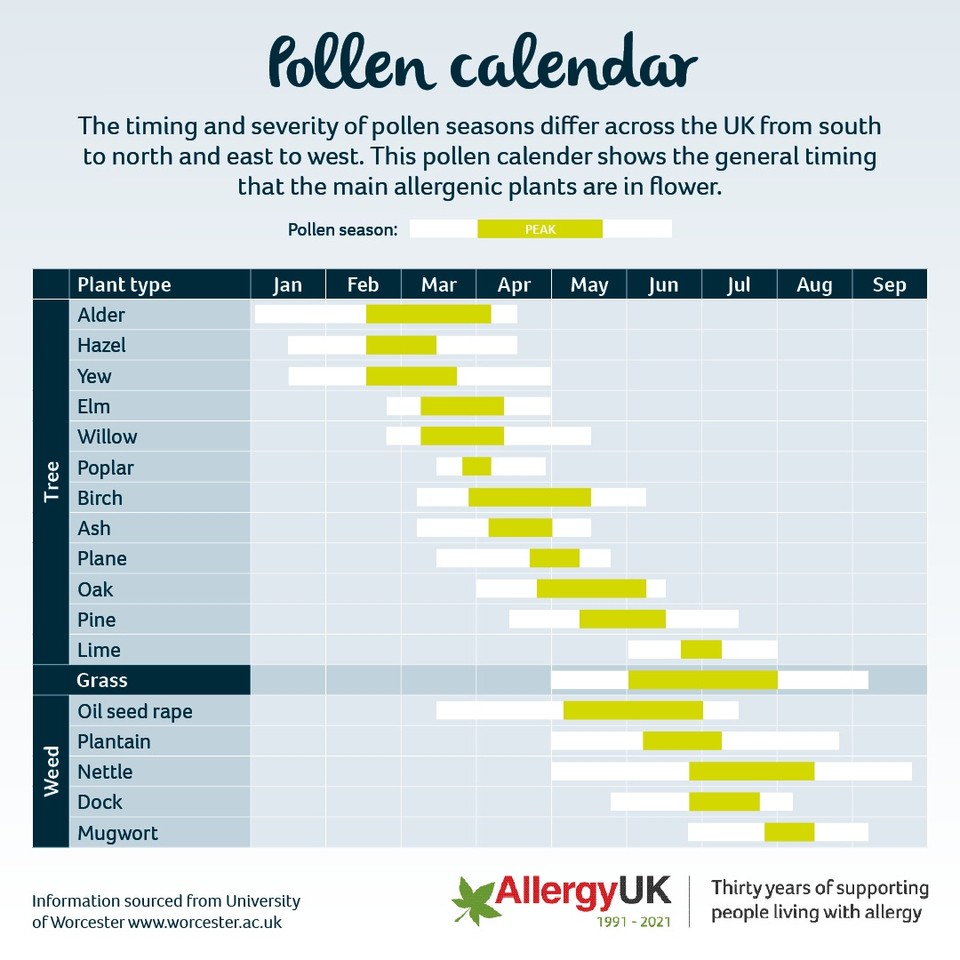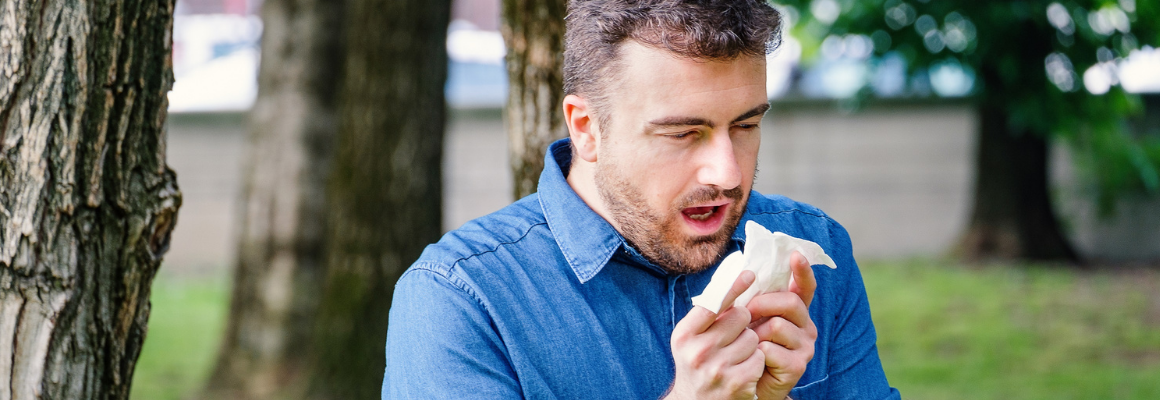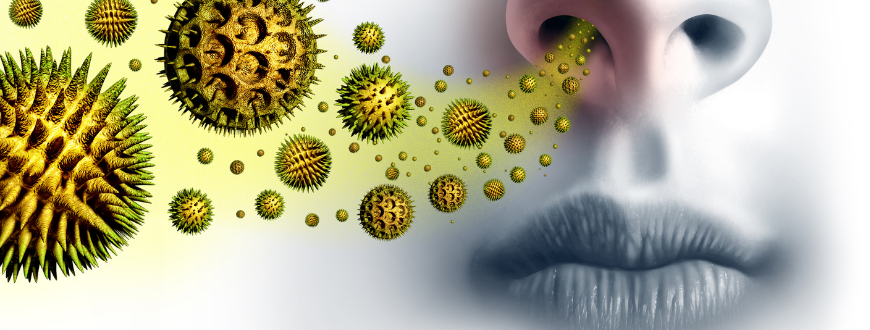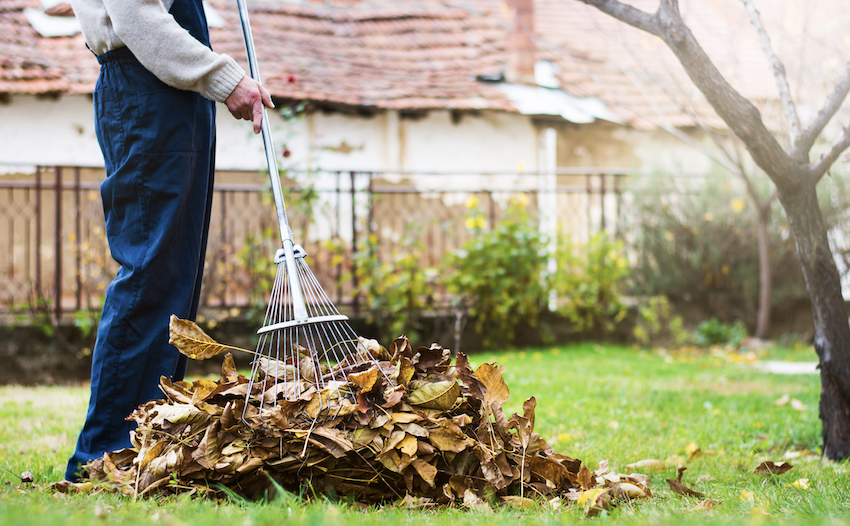Nettles are commonly known for causing a blotchy skin rash or contact urticaria, but because the pollen is fine and easily transported by the wind, it can also result in allergic rhinitis (Hay fever) symptoms. Nettle pollen counts are highest in the evening, and the seasons peak between June and July and then again in mid to late August.
What is Urticaria?
Urticaria, also known as ‘nettle rash’ or ‘hives’ is a condition comprised of wheals – spots or patches of raised red or white skin – each of which usually clears away in a few hours to be replaced by other fresh wheals. Urticaria is very common and affects one in five people at some point in their lives. The more common type of urticaria rash (hives) lasts up to 24 hours, produces larger wheals and may not be completely clear for several days. Urticaria can often occur simultaneously with swelling of various parts of the body (angioedema) – typically the face, hands and feet, although anywhere may be affected.
For more information on urticaria.
Other common weeds in the UK include:
- Ragweed
- Dock weed is often found on wasteland and uncultivated grassland and the pollen season extends from May to September.
- Ribwort or Plantain is a very hardy plant often growing in grassy areas, including meadows, beside roadsides and on lawns. Plantain flowering season is similar to grass with airborne pollination occurring during spring and summer- between April to August.
- Mugwort is a species of a plant usually categorised as a weed, which can be found in wasteland, embankments and meadows in the UK. Mugwort produces large amounts of allergenic wind-borne pollen. Its pollen season is generally between mid-June to late August, with pollen release peaking between July and August.
Mugwort and Food Allergy
Patients with a mugwort pollen allergy can also develop food pollen syndrome, which is a hypersensitivity reaction to fruits, vegetables and nuts, usually causing mild irritant symptoms such as itching of the mouth, lips and throat itching when eaten in their raw form. There is also an association between mugwort allergy and allergies to celery as well as many other plant-based foods, including mango, pistachio, carrot, broccoli, lettuce, and peach.
For more information on Pollen Food Syndrome (Oral Allergy Syndrome)
How to reduce exposure to pollen?
Monitor pollen forecasts daily and, if possible, stay indoors on high pollen days. Hay fever symptoms usually appear when the pollen count exceeds 50. Rain washes pollen from the air, so pollen counts should be lower on cooler, wet days.
Click here for regional pollen calendars from the University of Worcester.
If it is not possible to remain indoors during high pollen days, then the following will help to reduce your exposure:
- Wear a mask, wraparound sunglasses and a hat with a large peak or brim when outdoors to keep pollen allergens out of your eyes, face, and hair.
- Shower and wash your hair and change your clothing, especially before going to bed
- Avoid outdoor activities that will expose you to pollen, such as mowing lawns or raking leaves.
- Keep windows closed at home and in the car. Most importantly in the early morning and evening when the pollen count is higher.
- Avoid drying clothes/ linen outside as pollen can be brought inside on the clothes.
- Wipe pets’ coats with a damp microfibre cloth to remove pollens when they have been out.

 Helpline
Helpline